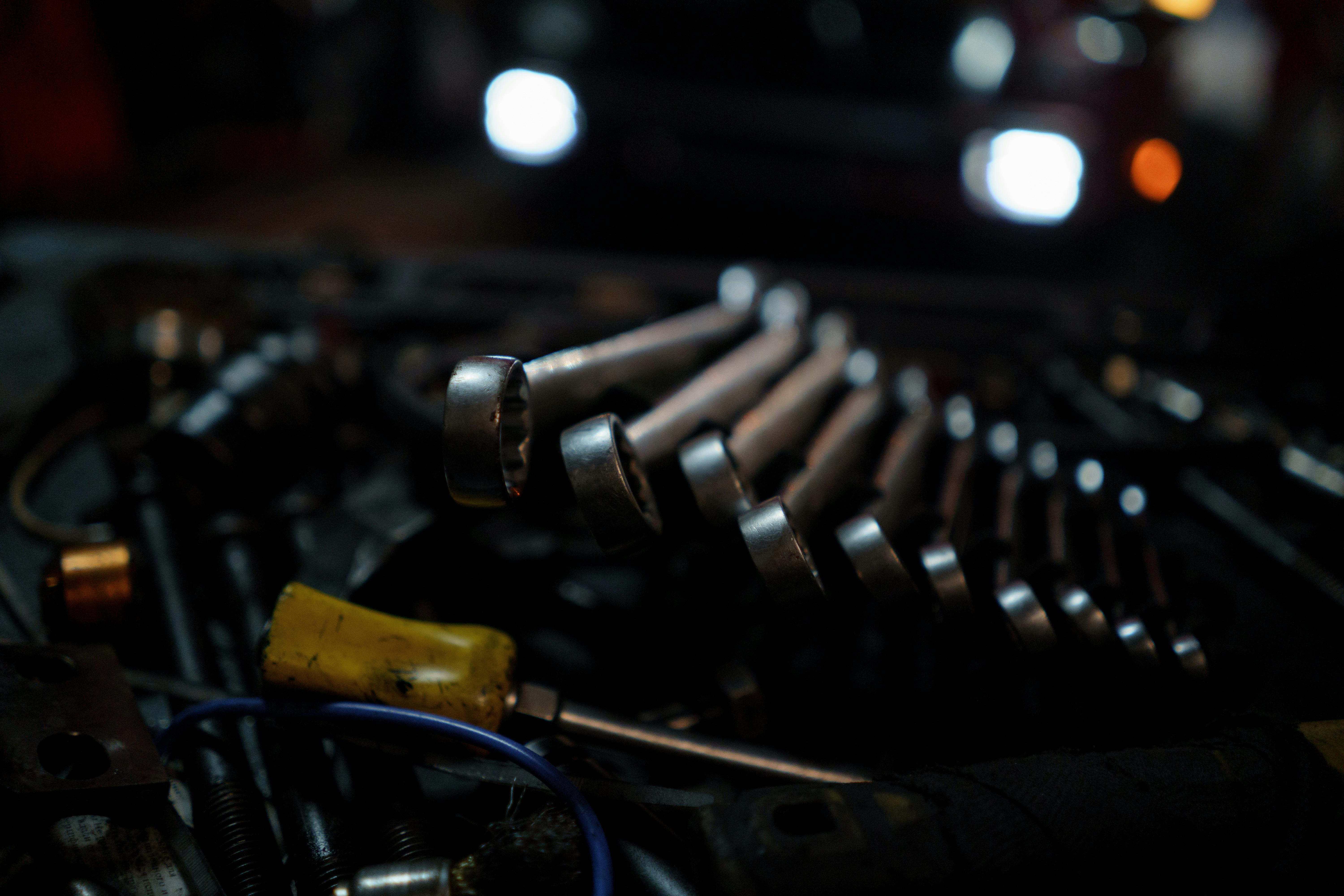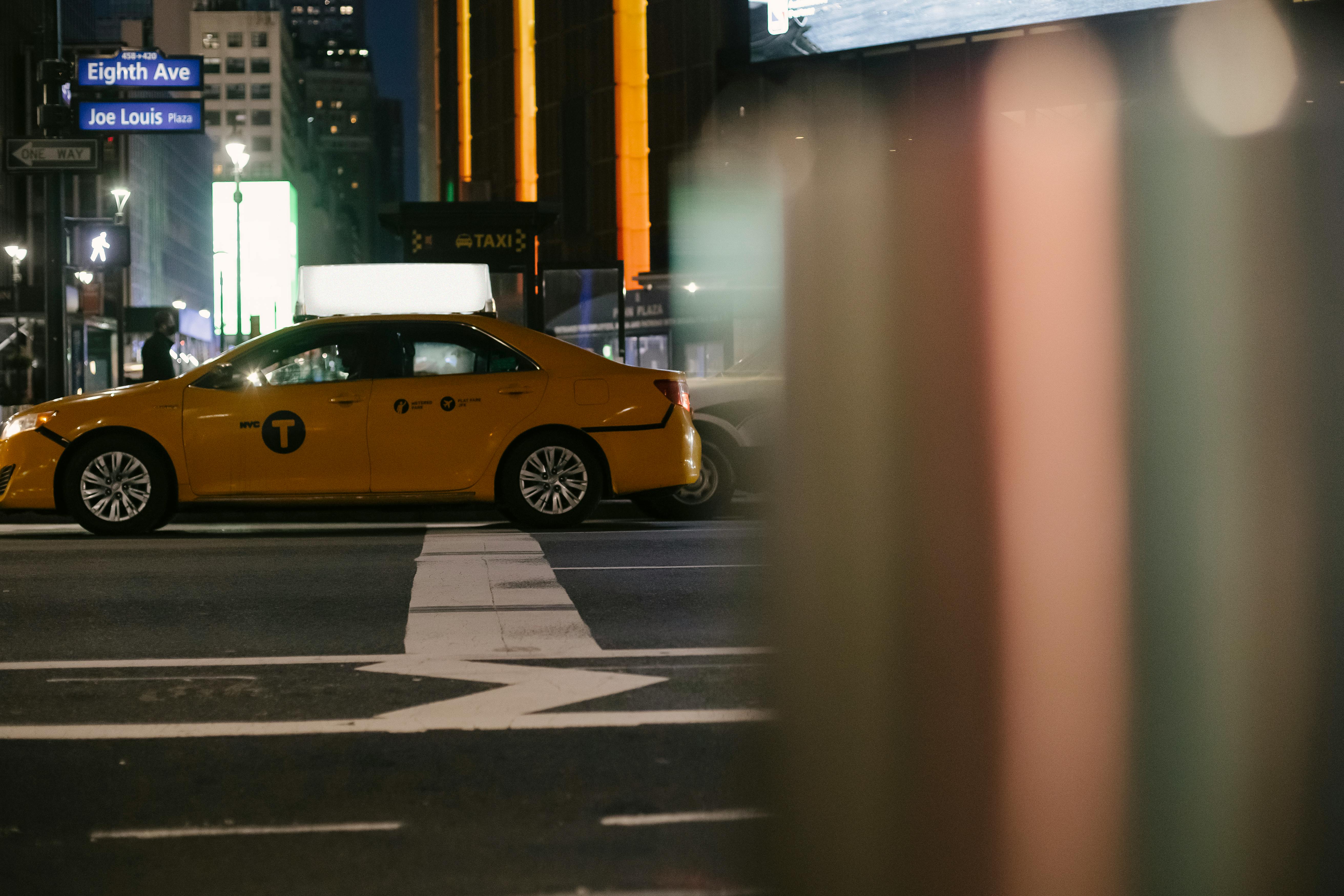The very name Aligarh evokes beautiful memories and images of AMU (Aligarh Muslim University), its famous lock industry (Aligarh ke taale) and also its adab (cultured and refined behaviour). Indeed, it is perhaps in Aligarh that the last vestiges of the proverbial Muslim nafasat (style and tenderness of manner) are to be found. Even the once famous Lakhanavi adab is in decline. But because of AMU, the varsity team founded by Sir Syed Ahmad Khan in the 19th century, Aligarh still has remnants of Mughal culture and that magnificent tahzeeb (sophistication) that blows your mind.
It is a city with a pronounced history. Apart from AMU, Aligarh is a city of poets. Urdu poet and lyricist Shakeel Badayuni studied at AMU and attributed the depth and profundity of his poetry to the contagious air and cultural aura of Aligarh.
The poet Akhlaq Muhammad Khan ‘Shaharyaar’ (of Umrao Jaan movie song fame) taught Urdu at AMU. ‘Shaharyaar’ was his nickname. Great historians, Dr. Muhammad Habib and his equally illustrious son, Dr. Irfan Habib, have been professors emeritus in the Department of History at AMU.
There are many legends associated with Aligarh’s famous lock industry. The contributor came across an article in Manohar Kahaniyaan (Hindi, Mitra Prakashan, Mutthiganj, Allahabad; now published by Delhi Press in a different garb) that appeared in 1977. The article mentioned that there was an exodus of lock mechanics/makers (tala kaarigar) from Surat of Saurashtra to Aligarh in the second half of the 18th century. That vague article (or maybe my memory is failing me) did not state the reasons why the lock makers of Surat left the place en masse for a faraway place like Aligarh. It means that Surat was famous for its locks before Aligarh donned this mantle – the city of locks. There could be a modicum of truth to it because there is still a saying in Hindi and Gujarati: Gujarati taale ki mazbooti (the strength and security of Gujarati locks).
AMU has seen cultural upheavals and cavalcades of all kinds. He saw the best and worst days of it. Its legendary Abdullah Hall carries with it a deluge of memories. Movie buffs still remember the great song ‘Mere mahboob tujhe meri muhabbat ki qasam’ (written by AMU alumni: Shakeel Badayuni) which was filmed at Rajendra Kumar in Mere Mahboob (1963). The film was extensively filmed on the AMU campus. One can see AMU’s famous ‘Victoria Gate’ in the film. Muhammad Rafi was so enamored with the atmosphere at AMU that he wistfully said: ‘Kaash ke main yahaan taalib-e-ilm hota’ (I wish I was a student here).
Aligarh may not be as good or as good as Lucknow in terms of Mughlai cuisine, one still finds very good and unique non-vegetarian delicacies in Aligarh. The famous ‘paaya soup’ and ‘nihari’ can be had in some very affordable and clean restaurants in the vicinity of AMU.
If you visit Aligarh make sure you visit AMU. It is similar to visiting BHU when one goes to Varanasi. Poet Gopaldas Saxena ‘Neeraj’ hailed from Aligarh and once wrote: ‘Iss Aligarh shahar ki baat hai nirali/aaya jo yahaan fauran iski taareef kar daali’ (There is something very special about Aligarh/Whoever visits immediately falls in love with the place and praise eloquently).
The great Urdu poet Saghar Nizami belonged to Aligarh. So did Qura’tul-Ain Hyder, who wrote novels in English and Urdu.
The atmosphere of the city is overloaded with tahzeeb and tammaddun (good etiquette and civilized behavior).
I remember how a gentleman took me to AMU in his car when I asked for directions to the varsity on my first visit to the city. He was Dr. Aleem Khan, an AMU alumnus from 1972 to 1974. Thank you, Dr. Khan. I still remember your nice gesture.
Others too had the same heartwarming and soul-warming experiences interacting with the people of this beautiful city. To summarize, Aligarh (PIN Code 202001) leaves its indelible marks on your heart, mind and conscience.
You want to visit it once more.


